Top 100 Food & Beverage Companies
2016 Top 100: The Top 100 Food and Beverage Companies in the World
Find out which companies made the cut, and which companies came out on top.

Paul Grimwood, chairman and CEO Nestlé US, points out that “a product is not deemed good and nutritious” if it does not meet Nestlé’s Nutritional Foundation guidelines.
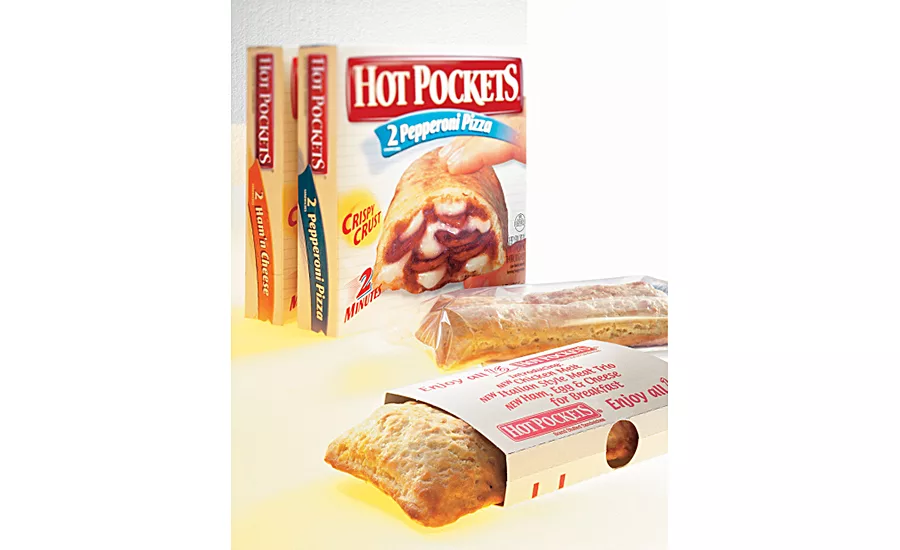
Paul Grimwood, chairman and CEO Nestlé US, points out that “a product is not deemed good and nutritious” if it does not meet Nestlé’s Nutritional Foundation guidelines.

Chairman and CEO Sheldon Lavin has taken the OSI Group from a domestic food company to a global multibillion dollar food processor that enters the Top 100 for the first time this year.

Chairman and CEO Sheldon Lavin has taken the OSI Group from a domestic food company to a global multibillion dollar food processor that enters the Top 100 for the first time this year.

“It saddens me that ‘big food’ has been used as a derogatory term. I want to change this perception,” says Global President of Mars’ food and beverage business Fiona Dawson.
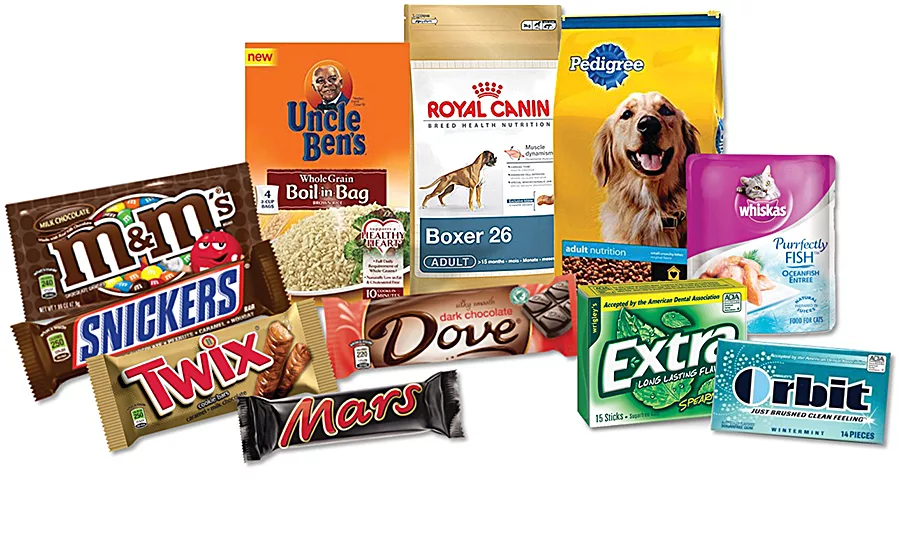
“It saddens me that ‘big food’ has been used as a derogatory term. I want to change this perception,” says Global President of Mars’ food and beverage business Fiona Dawson.

“In a volatile global environment, our commitment to being one of the best performing, most trusted and respected consumer products companies is as strong as ever,” says Dr. Franz B. Humer, chairman of Diageo.

“In a volatile global environment, our commitment to being one of the best performing, most trusted and respected consumer products companies is as strong as ever,” says Dr. Franz B. Humer, chairman of Diageo.

“Big food, like ‘big anything’ is used as a pejorative term. For the average person, big institutions have made them feel disconnected. We have to rebuild trust,” says president of Campbell’s Campbell Fresh division, Jeffrey Dunn.
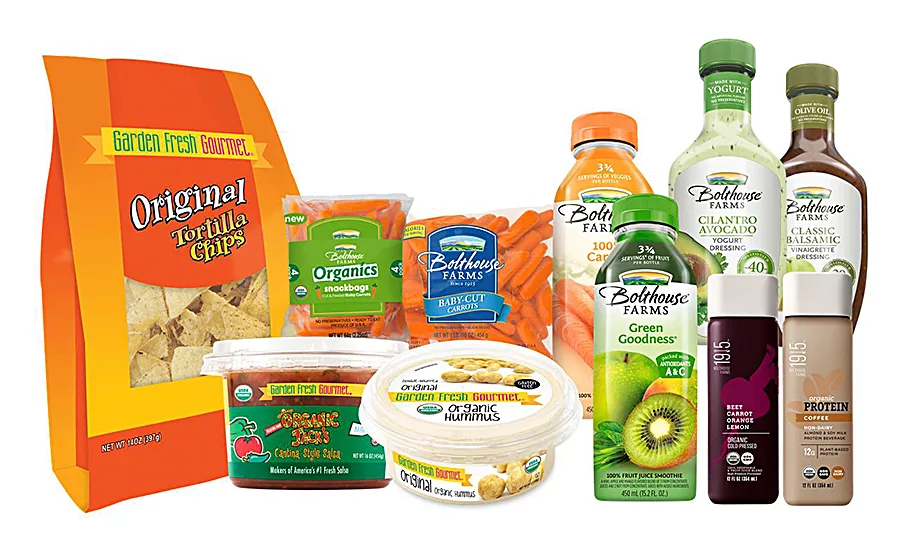
“Big food, like ‘big anything’ is used as a pejorative term. For the average person, big institutions have made them feel disconnected. We have to rebuild trust,” says president of Campbell’s Campbell Fresh division, Jeffrey Dunn.

According to Greg Estep, managing director and CEO of Olam’s Spices and Vegetable Ingredients, changes in the state of play for many commodities is forcing the agricultural supply chain to acknowledge that resources of land, water and energy are limited.


President and CEO of Carlsberg Cees ‘t Hart reveals the four key trends that Carlsberg believes will shape the future of the beer category.

President and CEO of Carlsberg Cees ‘t Hart reveals the four key trends that Carlsberg believes will shape the future of the beer category.

“Our aim is to create greater synergy that can propel growth for both companies,” explains Isao Miyashita, president and representative director of newly formed Itoham Yonekyu Holdings.
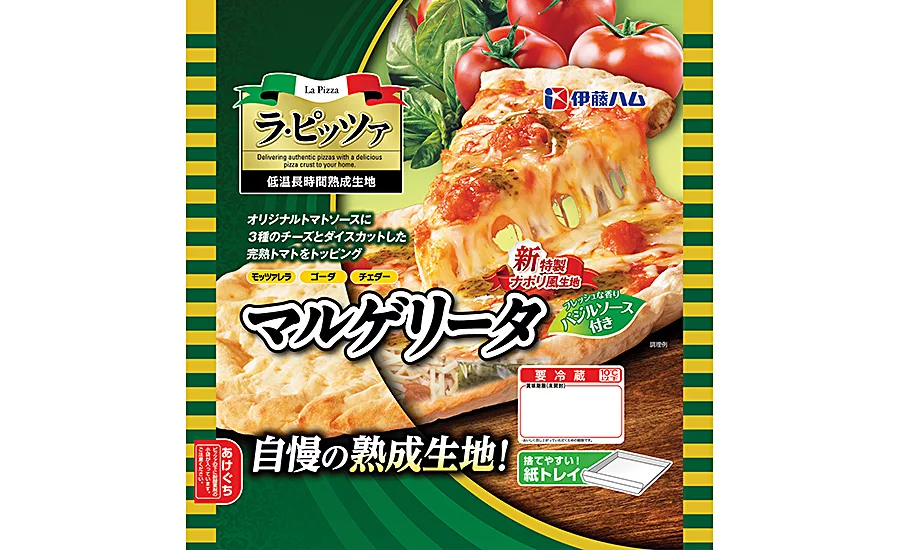
“Our aim is to create greater synergy that can propel growth for both companies,” explains Isao Miyashita, president and representative director of newly formed Itoham Yonekyu Holdings.

General Mills’ Chairman and CEO Ken Powell says that the company’s sales trends in many categories were weak, reflecting the impact of changing consumer food preferences.
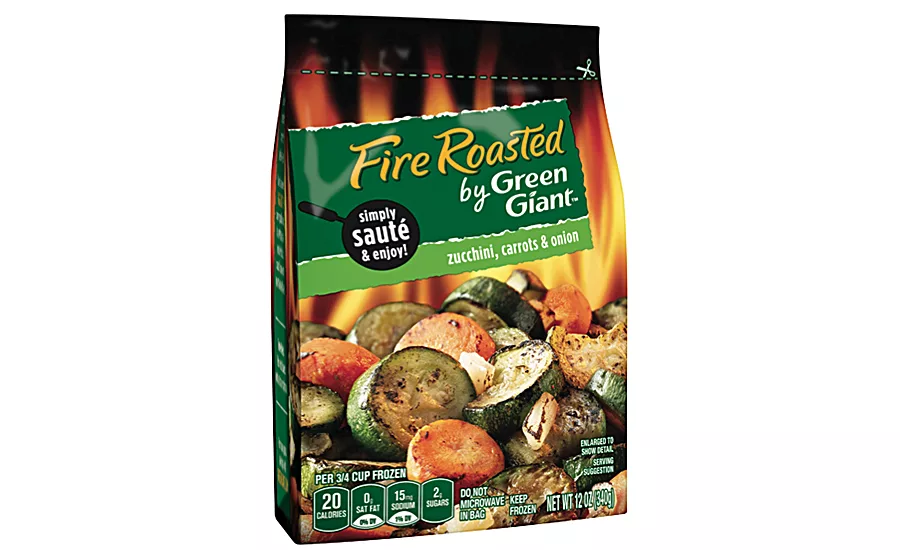
General Mills’ Chairman and CEO Ken Powell says that the company’s sales trends in many categories were weak, reflecting the impact of changing consumer food preferences.
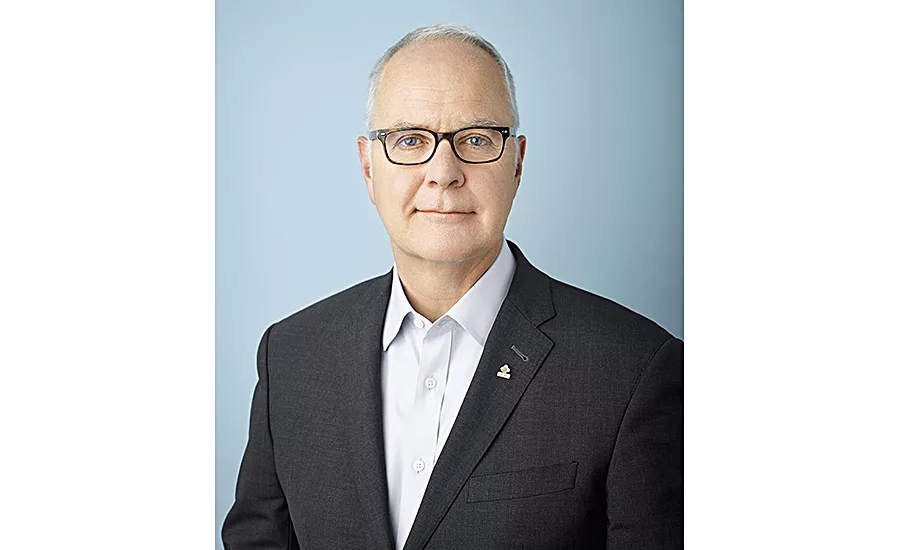
“We are hoping for a market recovery, and when it does come, we will be in a position to take advantage of it,” says Agropur CEO Robert Coallier about the decline in global dairy markets.
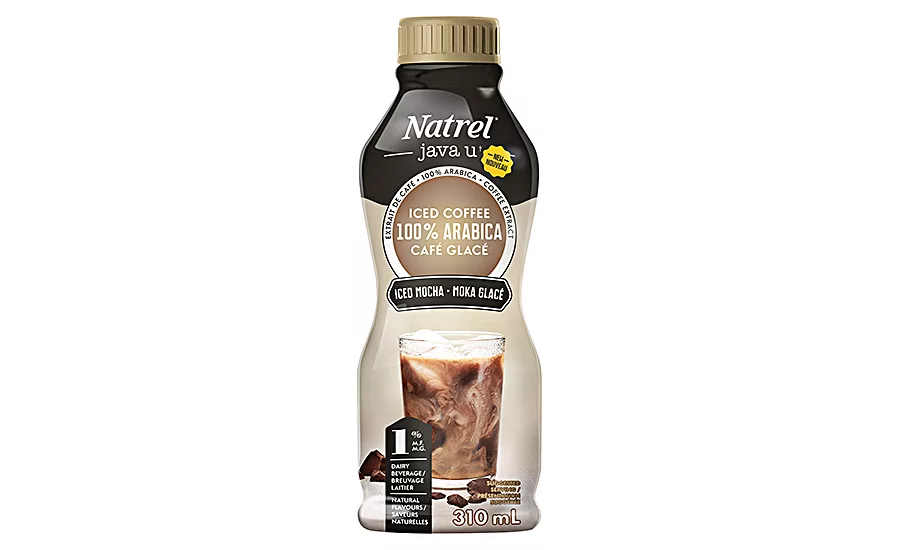
“We are hoping for a market recovery, and when it does come, we will be in a position to take advantage of it,” says Agropur CEO Robert Coallier about the decline in global dairy markets.
Food Engineering releases its annual list of the world's Top 100 Food & Beverage Companies. Read on to find out which companies came out on top.
Article Index:
Trust, transparency and putting the consumer first
An uncertain economic environment globally, exacerbated by a slowdown in growth in emerging markets—the hot spots of recent years—and erosion of commodity prices, has provided the backdrop to activities at the top of the food and beverage industry during the past year. And, not only have all companies had to grapple with the macro economic challenges, they are also faced with an increasingly demanding consumer adopting different shopping habits and seeking ever-healthier, more sustainable product offerings plus transparency from manufacturers.
Today’s consumer industry is undergoing profound disruption. Demographic and economic shifts, coupled with technological advances, are reshaping markets and the competitive landscape, according to the Global Consumer Executive Top of Mind survey conducted by KPMG International and The Consumer Goods Forum. The survey states that to be in the forefront, retailers, manufacturers and their supply chain partners are taking steps to transform their companies into digital-first, customer-centric, fully integrated omni businesses.
View the 2016 Top 100 Food & Beverage Companies list
“The customer is the new point of sale,” explains KPMG International Global Chair of Consumer Markets Willy Kruh.
Interestingly, the report highlights the mismatch between the consumers questioned and the opinions of senior executives. According to managing director of the Consumer Goods Forum, Peter Freedman: “Over 75 percent of shoppers now say their top buying criterion is detailed and transparent product information—yet only 42 percent of industry executives think transparency is important. And, over half of consumers rate environmental and ethical considerations as very important to their purchase decision.”
In their presentation to shareholders earlier this year, Nestlé Chairman Peter Brabeck-Letmathe and CEO Paul Bulcke stressed that: “We build trust with every consumer contact we make as this is the basis of our future success, particularly as consumers in a digital world enjoy full transparency on all aspects of the company and are consequently more demanding.”
Debating the issue of trust and transparency at this year’s Aspen Ideas Festival was Jeffrey Dunn, president of Campbell Fresh, which was launched last year as part of 47th-placed Campbell’s restructure for growth into three divisions: Packaged Fresh; Americas Simple Meals and Beverages; and Global Biscuits and Snacks.
“Big food, like ‘big anything’ is used as a pejorative term. For the average person, big institutions have made them feel disconnected. We have to rebuild trust,” says Dunn, who confirmed that this is a global phenomenon. He blames “short termism,” driven by the need to please shareholders, for the poor strategies of some large companies that have led them away from the consumer. “If you want to take a long-term strategy, much like Campbell’s with Campbell Fresh, which has margins that are half of what the core business brings, you have to be prepared to take the heat.”
Highlighting Nestlé’s huge global moves into nutrition that have required investment and a new mindset, he confirms that all big players are “dealing with these macro strategy issues” and warns that the new moves into health, freshness and the overall wellbeing of consumers in order to reconnect with them may not be immediately accretive to earnings. “But, certainly, this is not a fad. This is a structural change that is going to go on for a long time.”
Global president for 8th-placed Mars’ food and beverage business, Fiona Dawson, echoes Dunn’s views. “It deeply saddens me that over the past decade, ‘big food’ has been used as a derogatory term, to mean big business only interested in the bottom line. I want to change this perception.”
Paul Grimwood, chairman and CEO of Nestlé US, highlights that: “What ‘big food’ does bring are the benefits of the global aspect. It brings you the scalability to invest in a variety of areas, be that food safety, food quality or your people. It allows investment in more sustainable practices, which many smaller businesses cannot necessarily afford.”
Dawson stresses that big food companies have an important part to play in the world and that their actions could be transformational. She gives one of Mars’ activities in the health sphere as an example.
“We did an experiment in Australia with our Masterfoods business. We started putting recipes—involving more lean protein and more fruit and vegetables—on the back of our sauce packs. Over a period of a year, around 90 percent of people followed the recipes, and we introduced an incremental 15 million portions of fruit and vegetables into people’s diets,” she says.
In the alcohol arena and holding 37th position in the listing this year, Carlsberg has also been evaluating key global trends to ensure that its strategy for growth reflects future consumer needs and expectations.
Revealing the four key trends that Carlsberg believes will shape the future of the beer category is President and CEO Cees ‘t Hart, who took the helm in June 2015 and set about a strategic review following a profit warning in August: “First, ‘sensory and indulgence’ sees consumers becoming increasingly interested in new tastes and more willing to experiment. Second: ‘smart and connected,’ is where digital is becoming more and more important, with consumers constantly connected, and e-tailing and business-to-business e-commerce expanding. Third: ‘urbanization,’ brings acceleration in consumers moving to big cities, and is where we see higher beer consumption per capita, plus more premiumization. And, lastly: ‘health and wellness’ sees consumers being more and more sensitive to healthy lifestyles—something that impacts their consumption of beverages. With SAIL’22 (the name given to the group’s new strategy), we are making some clear choices designed to position us to capture these exciting opportunities.”
Fellow alcoholic beverage player, Diageo, which occupies 15th position in the listing, is keen to emphasise trust as a lynchpin. For the past year, it has been consolidating its July 2014 investment in United Spirits Ltd in India and the acquisition of tequila brand Don Julio early in 2015.
“In a volatile global environment, our commitment to being one of the best performing, most trusted and respected consumer products companies is as strong as ever,” says Dr. Franz B. Humer, chairman of Diageo, adding that responsible drinking initiatives are central to its purpose.
Health
Trust and transparency are wider values associated with health and wellbeing.
In its top slot, Nestlé continues to dominate the healthy food platform. Through its Nutritional Foundation, it sets operating guidelines based on WHO and FDA guidelines for all its products.
“A product is not deemed good and nutritious if it does not meet these guidelines,” says Grimwood, who confirms that the business is concentrating on implementation of the guidelines across the entire Nestlé portfolio.
The task of ensuring that healthy products really are healthy is critical, confirms Mars’ Dawson, who stresses that health and transparency go hand in hand.
“We’ve all been complicit in offering ‘healthy’ products that are communicated as ‘low in fat,’ but are still high in salt,” she says, “or products that are low in sodium or sugar, but high in calories. So what is healthy? We need to be truly transparent about what’s inside and let the consumer choose.”
General Mills, in 20th position, is no exception to the health for growth strategy.
In his presentation to shareholders, Chairman and CEO Ken Powell reported that the company’s sales trends in many categories were weak, reflecting the impact of changing consumer food preferences.
“Consumers are increasingly interested in natural foods with simple ingredients and are limiting things like gluten, simple carbohydrates and artificial ingredients,” he says. “They also are looking for more protein, fiber, whole grains and organic products. And, they are snacking more than ever. In categories where we applied a ‘consumer first’ approach and responded to these changes, we posted good growth.”
Powell cites sales of the company’s grain snacks, which grew 4 percent, as an example and confirms that General Mills gained nearly two points of market share on the strength of its Nature Valley and Fiber One brands, in particular.
“By putting the consumer first, we generated 7 percent retail sales growth,” says Powell, adding that the company’s strategy was to renovate its core brands to keep them relevant to today’s consumer and reshape its portfolio for growth. “For example, nearly 30 percent of US consumers have purchased gluten-free products, so we’ve increased our gluten-free cereal offerings to include varieties of granola and hot oatmeal. Starting this summer, five varieties of Cheerios will be gluten-free.”
Confirming the inexorable shift toward health and sustainability as an access to growth, as we go to press, Danone begins its landmark merger with The WhiteWave Foods Company, which entered the Top 100 listing for the first time last year. This move will boost Danone’s healthy product portfolio with WhiteWave’s range of plant-based foods and beverages. WhiteWave’s brands such as Silk, So Delicious Vega, Alpro, Wallaby Organic and Earthbound Farm have demonstrated their popularity since WhiteWave became a public company in 2012, from which point they have enjoyed a compound annual growth rate of 19 percent, while the company has doubled its operating income.
Together, WhiteWave and Danone intend to provide healthy and sustainable eating and drinking options.
“At Danone, we believe we have a special responsibility to help and support people in adopting healthier and more sustainable eating and drinking practices and constantly evolve our portfolio of brands and products to achieve this objective,” says Danone CEO Emmanuel Faber.
Commodity prices
Despite the potential for growth, changes in commodity prices and the sourcing of raw materials play a major part in any winning strategy, and current volatility is bringing sourcing increasingly under the spotlight.
According to Greg Estep, managing director and CEO of Olam’s Spices and Vegetable Ingredients, changes in the state of play for many commodities is forcing all parts of the agricultural supply chain to acknowledge that resources of land, water and energy are limited.
Catapulted into the Top 100 for the first time this year as a result of its acquisition of ADM’s cocoa business towards the end of last year, Olam is a global agribusiness, supplying food and industrial raw materials in 70 countries. The ADM acquisition will help meet the increasing demand for full integration within the cocoa supply chain, and according to Olam, its newly created Olam Cocoa division now offers scalability in sourcing through supply chain to product innovation and sustainability.
“Consumers want to know more about where their food comes from, which is leading to more connectivity in the agricultural supply chain from seed/inputs at the farm to the consumer. There is also greater recognition that we need to be more prepared to adjust to situations of drought/flooding and temperature changes,” says Estep. “It’s going to be difficult to feed a growing world, and food production that meets the nutrition needs of the world should be prioritized; and it is important to invest in greater productivity in agricultural production.”
Moving up the ranking from 87th place in 2015 to 79th position this year, Agropur, the Canadian dairy cooperative has found commodity prices a hindrance to more dynamic growth.
“Factors that are not under our control, such as the sharp decline in global dairy prices and an extremely competitive market in Canada, have negatively affected our net results,” says Serge Riendeau, president of Agropur, which processes more than 5.6 billion liters of milk each year and markets products under the Natrel, Farmers, OKA, BiPro and Island Farms brands.
According to Agropur CEO Robert Coallier, the decline in global dairy markets was unprecedented, driving down whey powder prices in the US, leading to results that were below expectations.
“We are hoping for a market recovery, and when it does come, we will be in a position to take advantage of it,” says Coallier, who highlighted major capital expenditure at many plants that have led to a 30 percent improvement in OKA cheese production capacity and a tripling of its mozzarella capacity. Crucially, the company spent much of 2015 focusing on integration following its merger with Dairytown; the acquisition of Davisco—making Agropur one of the five largest manufacturers of cheese and ingredients in the US; and, in Canada, the acquisition of Sobeys’ and Northumberland’s dairy assets.
Meat
As key drivers of growth, raw material supply and innovation particularly occupy the minds of those players in the meat sector.
Extolling the qualities of, among other meat specialities, pure Japanese-reared Wagyu beef is Itoham Foods, Japan’s second-largest meat processor which, in September last year, announced its merger with Yonekyu Corporation, Japan’s seventh-largest meat player. The deal, finalized in April, was prompted by higher materials costs on the back of a weakening yen and an increase in global demand for meat.
The joint business, known as Itoham Yonekyu, will allow the meatpackers to expand their operations and streamline production. According to statements, the companies aim to use the stronger earnings capacity resulting from their integration to grow business in Asia as the domestic market is expected to shrink.
“The merger is, in part, due to the ever-evolving needs of a rapidly changing business environment, but more so seeks to leverage the expertise and know-how developed over the years by both Itoham Foods and Yonekyu,” explains Isao Miyashita, president and representative director of Itoham Yonekyu Holdings. “Our aim is to create greater synergy that can propel growth for both companies, while at the same time putting them in a better position to deliver quality products and services.”
At no. 66, new to the Top 100 list OSI Group specializes in meat products and remains privately owned. Behind the group’s quantum leap into the listing this year is OSI Chairman and CEO Sheldon Lavin, who, earlier this year, was recognized by India’s Vision World Academy with a Global Visionary Award.
It was Lavin who, after a successful career in finance, guided the OSI Group from a domestic food company to a global multibillion dollar food processor, with more than 60 locations in 16 countries.
Perhaps buoyed by such recognition, OSI continues to invest in future growth and, in June this year, announced the purchase of a food processing facility and storage warehouse in Chicago that is in close proximity to OSI’s existing Chicago facility.
“This facility enhances our capabilities to meet the rapidly evolving needs of our customers,” says Kevin Scott, senior executive vice president - OSI North America.
In this, OSI is following the overarching goal of most of the Top 100 players, that of putting the consumer first and meeting the challenges that brings. Those who get it right will forge an exciting future in the food and beverage industry of tomorrow.
Looking for a reprint of this article?
From high-res PDFs to custom plaques, order your copy today!





